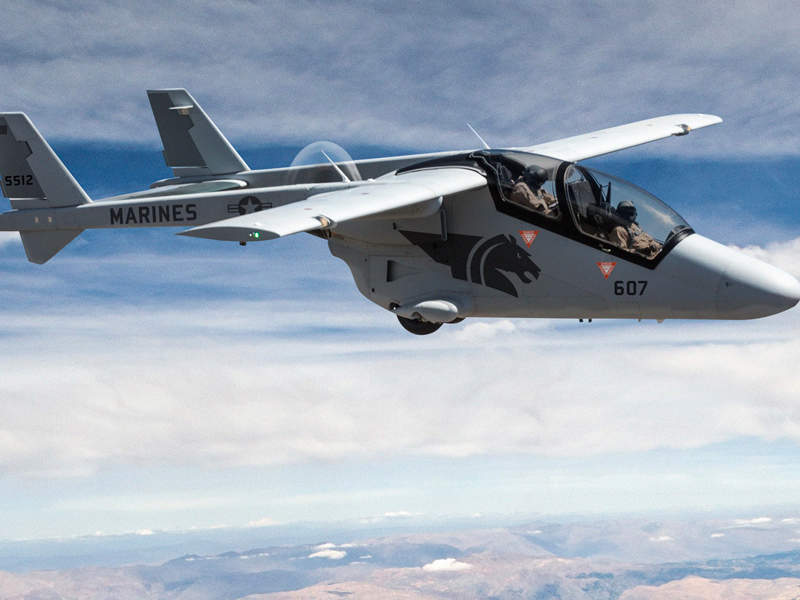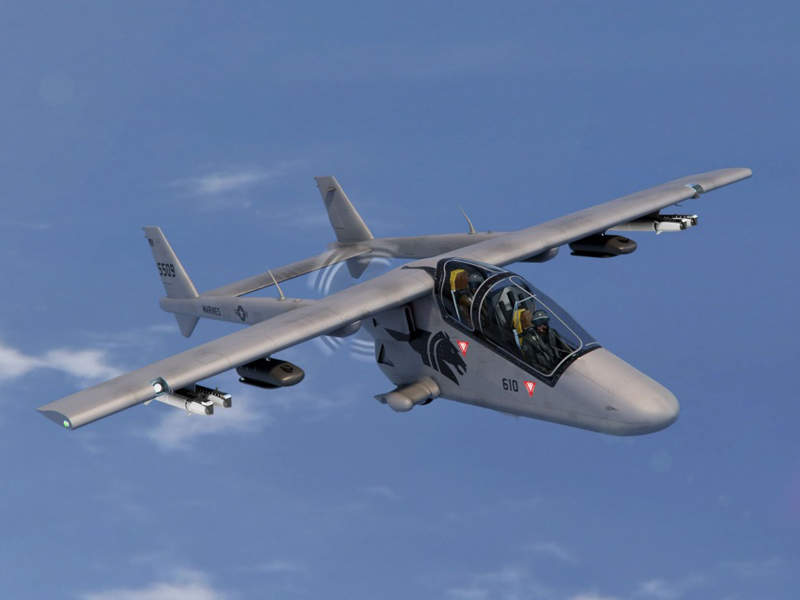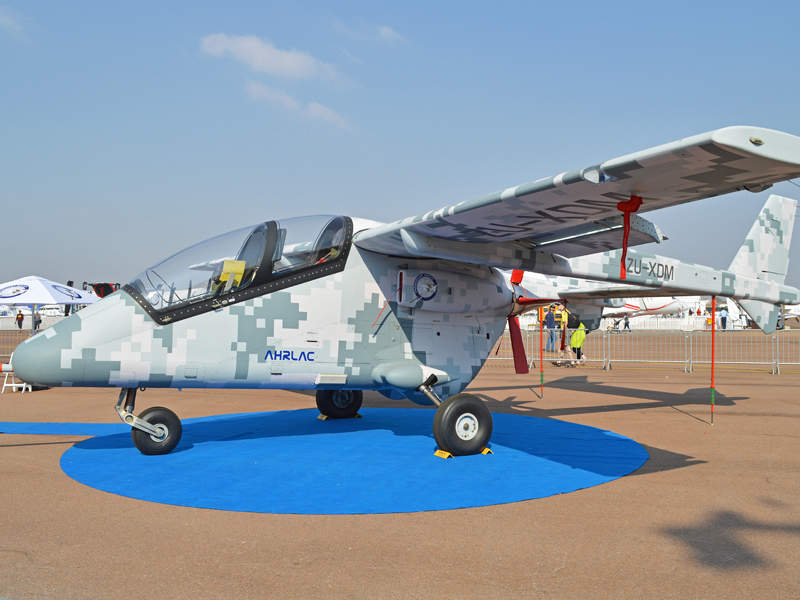Bronco II light attack aircraft is being developed by Bronco Combat Systems, a US-based entity founded by Paramount Group, Fulcrum Concepts, and ADC. The aircraft was unveiled in February 2018.
The Bronco II aircraft is based on the Advanced High-Performance Reconnaissance Light Aircraft (AHRLAC), developed by a joint venture between South African Paramount Group and Aerosud.
Bronco Combat Systems is establishing a manufacturing facility in the US, which will house the production and mission systems integration of the Bronco II aircraft.
The aircraft is expected to be offered to meet the US Air Force (USAF) requirement for an attack and observation aircraft.
Fulcrum Concepts is responsible for the integration of mission and weapon systems into the Bronco II aircraft.
Mission capabilities of Bronco II aircraft
The Bronco II light attack aircraft will be primarily used for counter-insurgency (COIN), close air support and air-to-ground strike missions in asymmetrical warfare scenarios.
The rapidly deployable aircraft can also be used for command, control, communications, computers, intelligence, surveillance and reconnaissance (C4ISR) as well as for slow-speed observation / loitering missions.
Bronco II design and features
The Bronco II light-strike platform will feature high-mounted, forward-swept wings, which are designed to provide increased aerodynamic stability. Its tail will be made up of two longitudinal booms with twin vertical surfaces, connected by a single horizontal stabiliser.
The aircraft can accommodate two crew members in a tandem configuration with the pilot in the front and co-pilot or observer at the rear.
The tricycle-type retractable landing gear of the aircraft will include two fuselage-mounted main gears and a nose wheel unit.
Weapons carried by Bronco II light attack aircraft
The next-generation Bronco II turboprop aircraft will be provided with six underwing hardpoints to carry a range of weapons based on the mission requirement.
It can be armed with precision-guided munitions to perform precision strikes at specific enemy targets with high lethality and low collateral damage.
Aerial bombs and rocket pods can be carried for air-to-ground attack missions, anti-tank missiles to defeat heavily armoured vehicles and main battle tanks, as well as air-to-air missiles to counter aerial threats.
The aircraft can also be installed with targeting pods to identify targets and guide the bombs and precision-guided munitions on-board the aircraft.
Sensors
The aircraft’s open system architecture design will allow for the integration of a range of current and future mission systems and sensors to achieve increased mission flexibility.
The on-board purpose-built find / fix / finish / exploit / analyse (F3EA) system will enable the aircraft to conduct missions over an extended period of time in remote areas with minimum logistics footprint and infrastructure.
The internal interchangeable multi-mission system bay (IMSB) will allow the aircraft to be reconfigured into multiple roles using a single airframe. It will incorporate high-performance targeting sensors, precision weapons, network communication systems, mission planning systems, and an electronic self-protection suite.
Engine
The Bronco II light-strike aircraft will be equipped with a hybrid electric power plant, integrating a turboprop engine and batteries.
The engine is fitted at the rear of the centre fuselage and is driven by a single five-blade propeller mounted behind it in a pusher configuration.
The Global Military Aircraft Market 2011-2021
This project forms part of our recent analysis and forecasts of the global Military Aircraft market available from our business information platform Strategic Defence Intelligence. For more information, click here or contact us: EMEA: +44 20 7936 6783; Americas: +1 415 439 4914; Asia Pacific: +61 2 9947 9709 or via email.






